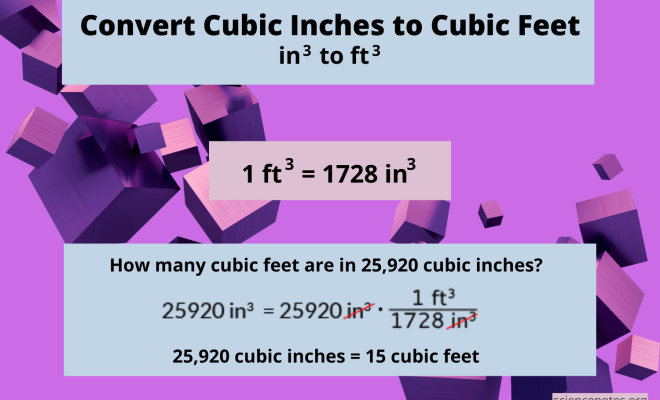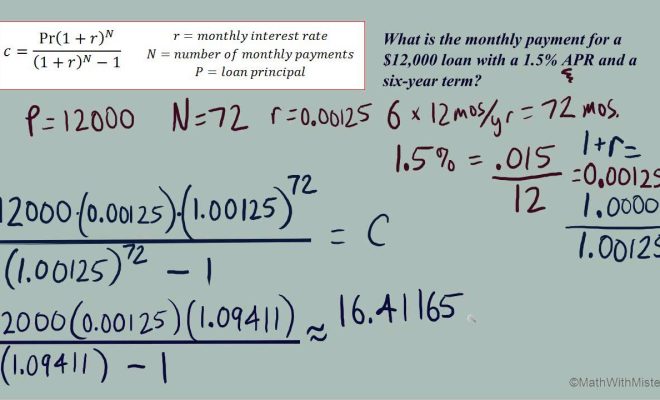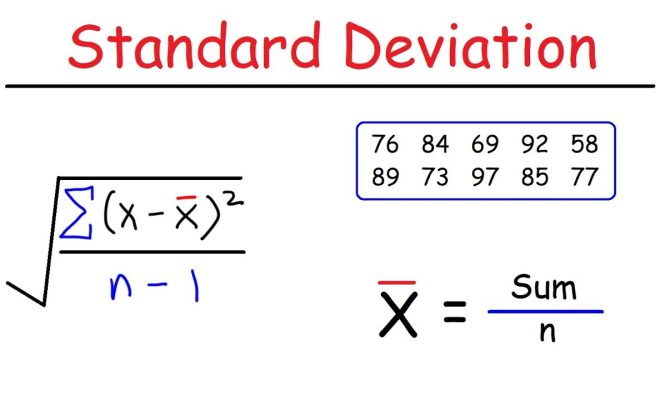How to calculate cubic inches

Cubic inches are the standard unit of measurement for volume of an object in the United States. It is typically used to describe the amount of space occupied by an object or in engine displacement in automotive industry. In this article, we will walk you through the process of calculating cubic inches for various geometrical shapes.
1. Calculating Cubic Inches for a Cube
A cube is a three-dimensional shape with all six faces being squares. To calculate the volume/catalog/cubic-inches.html”>cubic inches</a> of a cube, simply raise the length of one side (in inches) to the power of three.
Formula: Volume = Side^3
Example: If a cube has a side length of 4 inches, its volume is 4^3 = 64 cubic inches.
2. Calculating Cubic Inches for a Rectangular Prism
A rectangular prism has six faces, with each pair of opposite faces being congruent rectangles. To calculate the cubic inches, multiply its length, width, and height (all in inches).
Formula: Volume = Length × Width × Height
Example: A rectangular prism with dimensions 5x3x2 would have a volume of 30 cubic inches.
3. Calculating Cubic Inches for a Cylinder
A cylinder is a three-dimensional solid bounded by two parallel circular bases and a curved lateral surface connecting them. To calculate its volume, multiply the area of its base by its height.
Formula: Volume = π × (Radius)^2 × Height
Example: A cylinder with radius 2 and height 6 has a volume of 75.4 cubic inches (approximately).
4. Calculating Cubic Inches for a Sphere
A sphere is perfectly symmetrical round shape with all points on its surface equidistant from its center. You can find its volume using the following formula:
Formula: Volume = (4/3) × π × (Radius)^3
Example: A sphere with a radius of 3 inches has a volume of 113.1 cubic inches (approximately).
5. Calculating Cubic Inches for a Cone
A cone is another popular three-dimensional shape, characterized by a circular base connected to a point (the apex) by a curved surface. The formula for its volume is:
Formula: Volume = (1/3) × π × (Radius)^2 × Height
Example: A cone with a base radius of 2 and height of 5 has a volume of 20.94 cubic inches (approximately).
Conclusion:
Calculating cubic inches is an essential skill that enables you to calculate space and volume requirements in various fields like engineering, construction, and automotive industry. We hope that this article has provided you with the necessary knowledge on how to calculate cubic inches for different shapes. Remember to use the correct formulas for each shape and make sure you only use measurements in inches for accurate results.






